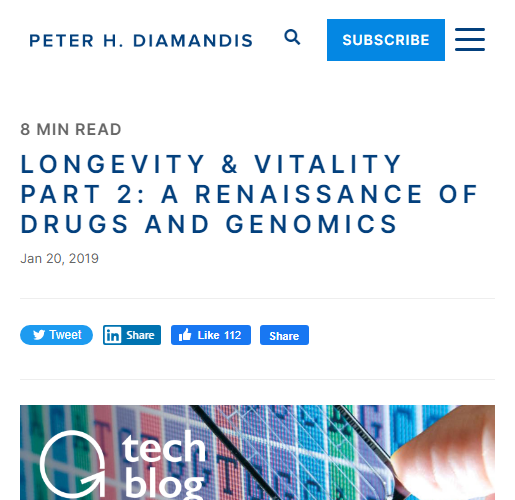Cell death decisions are based on mechanical cues.
Hydraulic instability decides who will live and die
The germ cells of many species, including humans, are highly interconnected. They also share their cytoplasm. The gonad of the hermaphrodite Caenorhabditis Elegans contains up to 500 germ-cells that are interconnected. This tissue produces eggs and Sperm. The cells are arranged in a \”corridor\”, which is a central area of cytoplasm, where they exchange cytoplasmic materials to promote cell growth.
Researchers have previously found that C.elegans gonads produce more germ cells than necessary and that only 50% of them develop into oocytes. The rest shrink and die through physiological apoptosis. This is a type of programmed cell-death that occurs in many multicellular organisms. Scientists from the Biotechnology Centre of the TU Dresden and the Max Planck Institute of Molecular Cell Biology and Genetics have now found evidence that answers the question of how cells decide whether to live or die in the germline.
Source:
Who’s to Die and Who’s to Live: Mechanical Cue Is at the Origin of Cell Death Decision



